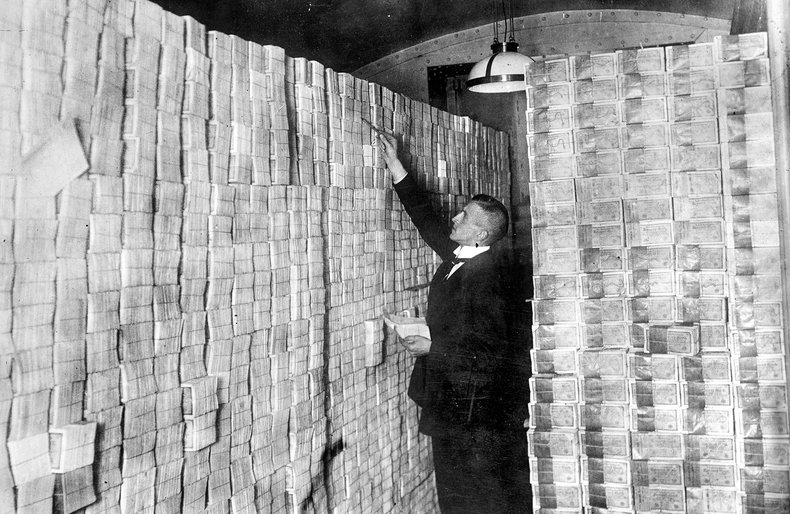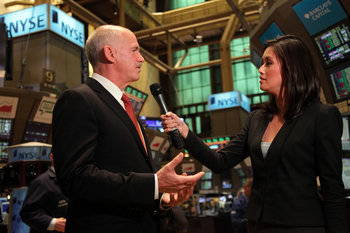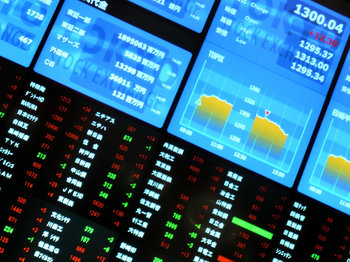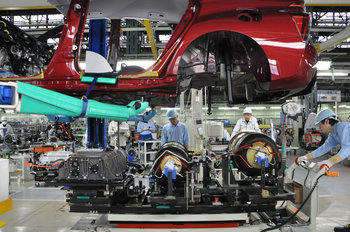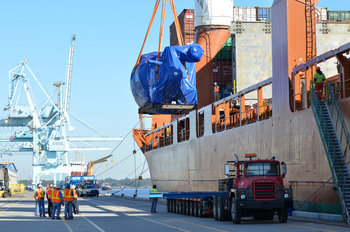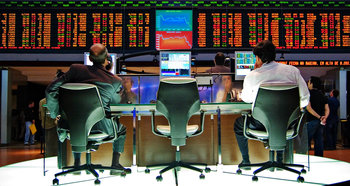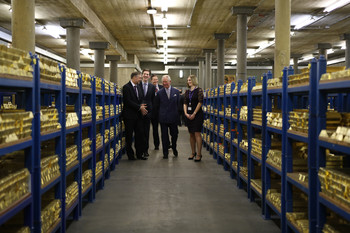Investing Related Guides
Investing
| |
Hyperinflation is a period of extremely rapid and accelerating price increases that is caused by unrestrained money printing. The result is that savings lose all value and normal economic conditions cease. Acceptance of local currency for payment rapidly declines and people will try to switch to a stable foreign currency. The government may try to prevent this switch resulting in economic activity transitioning to an underground economy. Eventually, an economy suffering hyperinflation may revert back to a barter system of transactions whereby goods can only be purchased with other goods.
It usually takes extreme conditions such as a war, social upheaval or extraordinary mismanagement to trigger hyperinflation. It is characterized by an abnormally large national debt and conditions that make it difficult to collect tax revenues. This generally results in a downward spiral that is only resolved by abandoning a fiat currency in favor of a foreign currency or a currency backed by a hard asset such as gold.
|
Type | | Definition | A period of extremely rapid and accelerating price increases. | Technical Cause | Unconstrained expansion of the money supply. | Characteristic Root Causes | WarDisasterSocial upheavalExtraordinary mismanagement | Example | Germany experienced hyperinflation in the early 1920s primarily as a result of efforts to pay war reparations from WWI. By the end of 1923, the American dollar was worth 4,210,500,000,000 German marks. The resulting economic collapse is often cited as one of the factors that led to WWII. | Related Concepts | |
Thinking
This is the complete list of articles we have written about thinking.
If you enjoyed this page, please consider bookmarking Simplicable.
© 2010-2023 Simplicable. All Rights Reserved. Reproduction of materials found on this site, in any form, without explicit permission is prohibited.
View credits & copyrights or citation information for this page.
|
